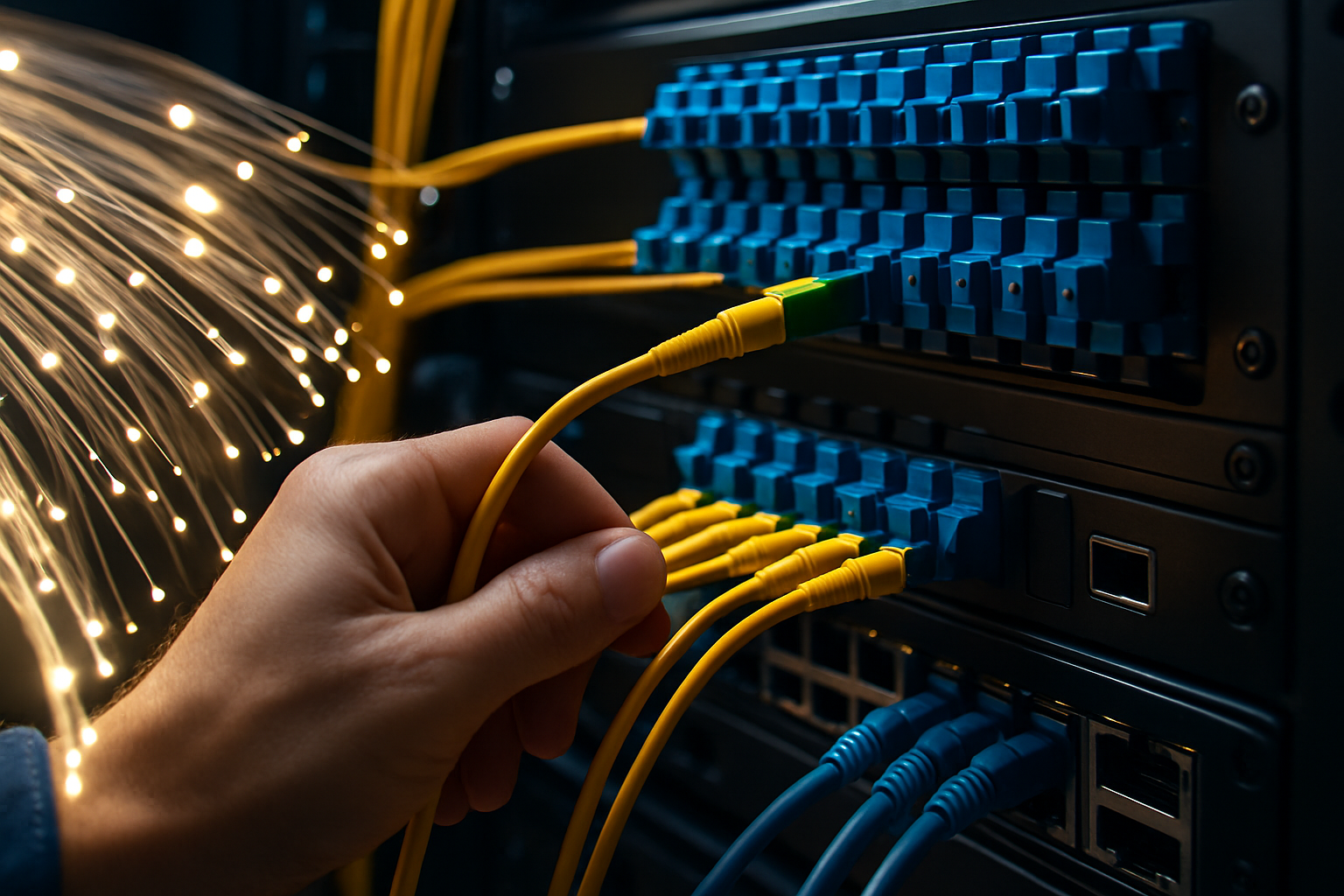Telecom Resilience: Fortifying Networks Against Natural Disasters
The increasing frequency and intensity of natural disasters pose a significant challenge to telecommunications infrastructure worldwide. As our reliance on connectivity grows, so does the need for robust, disaster-resistant networks. This article explores innovative strategies and technologies being developed to enhance telecom resilience in the face of nature's fury.

Hardening Infrastructure: Beyond Traditional Methods
While burying cables and reinforcing cell towers have been standard practices for years, today’s approach to infrastructure hardening goes much further. Advanced materials science is playing a crucial role in developing disaster-resistant components. For instance, new composite materials are being used to create utility poles that can withstand hurricane-force winds and extreme temperatures. These “smart poles” are not only more durable but also equipped with sensors to detect and report damage in real-time.
Distributed Network Architectures
One of the most promising strategies for enhancing network resilience is the shift towards more distributed architectures. Traditional centralized networks are vulnerable to single points of failure, where damage to a key node can disrupt service for large areas. In contrast, distributed networks spread the risk across multiple nodes and pathways. This approach, often referred to as “network disaggregation,” allows for more flexible and resilient systems that can route around damaged components.
Autonomous Recovery Systems
The development of autonomous recovery systems represents a significant leap forward in telecom resilience. These systems utilize artificial intelligence and machine learning algorithms to detect network anomalies, predict potential failures, and automatically reroute traffic to maintain service continuity. In the event of physical damage, some advanced systems can even deploy drones or robotic units to assess and temporarily repair infrastructure, drastically reducing downtime.
Energy Resilience: The Power Behind the Network
A often overlooked aspect of telecom resilience is energy supply. Even if network components survive a disaster, they’re useless without power. To address this, telecom companies are investing heavily in diversified energy solutions. This includes advanced battery systems, fuel cells, and renewable energy sources like solar and wind. Some innovative projects are exploring the use of kinetic energy harvesting from passing vehicles or piezoelectric materials in roads to provide backup power for roadside telecom equipment.
The Role of Software-Defined Networking
Software-defined networking (SDN) is revolutionizing how telecom networks respond to disasters. By separating the network’s control logic from the underlying hardware, SDN allows for unprecedented flexibility and adaptability. In disaster scenarios, SDN can dynamically reconfigure network resources, prioritize critical communications, and even create virtual networks on-the-fly to support emergency services. This level of agility is crucial for maintaining essential services when physical infrastructure is compromised.
Predictive Maintenance and Pre-emptive Action
Advanced analytics and Internet of Things (IoT) sensors are enabling a shift from reactive to proactive disaster preparedness. By continuously monitoring environmental conditions, infrastructure health, and network performance, telecom operators can predict potential vulnerabilities and take pre-emptive action. This might involve reinforcing specific infrastructure, strategically positioning mobile assets, or temporarily rerouting traffic ahead of an incoming storm.
Collaborative Resilience: Industry Partnerships
Recognizing that no single company can achieve true resilience alone, the telecom industry is increasingly embracing collaborative approaches. This includes sharing infrastructure, pooling resources for disaster recovery, and establishing mutual aid agreements. Some regions are seeing the development of “resilience hubs” – hardened facilities shared by multiple operators that can maintain critical services even in extreme conditions.
The Future of Disaster-Resistant Telecommunications
As we look to the future, several emerging technologies hold promise for further enhancing telecom resilience. Self-healing materials that can automatically repair minor damage, AI-driven predictive modeling for more accurate disaster forecasting, and advanced energy storage solutions are just a few areas of ongoing research. The ultimate goal is to create a telecommunications infrastructure that not only survives disasters but continues to provide seamless connectivity through them, supporting critical services and keeping communities connected when they need it most.
In conclusion, the quest for telecom resilience in the face of natural disasters is driving innovation across the industry. From advanced materials and distributed architectures to AI-powered recovery systems and collaborative strategies, the telecommunications sector is evolving to meet the challenges of an increasingly unpredictable world. As these technologies mature and new solutions emerge, we can look forward to a future where our vital communication networks stand strong against whatever nature throws their way.





